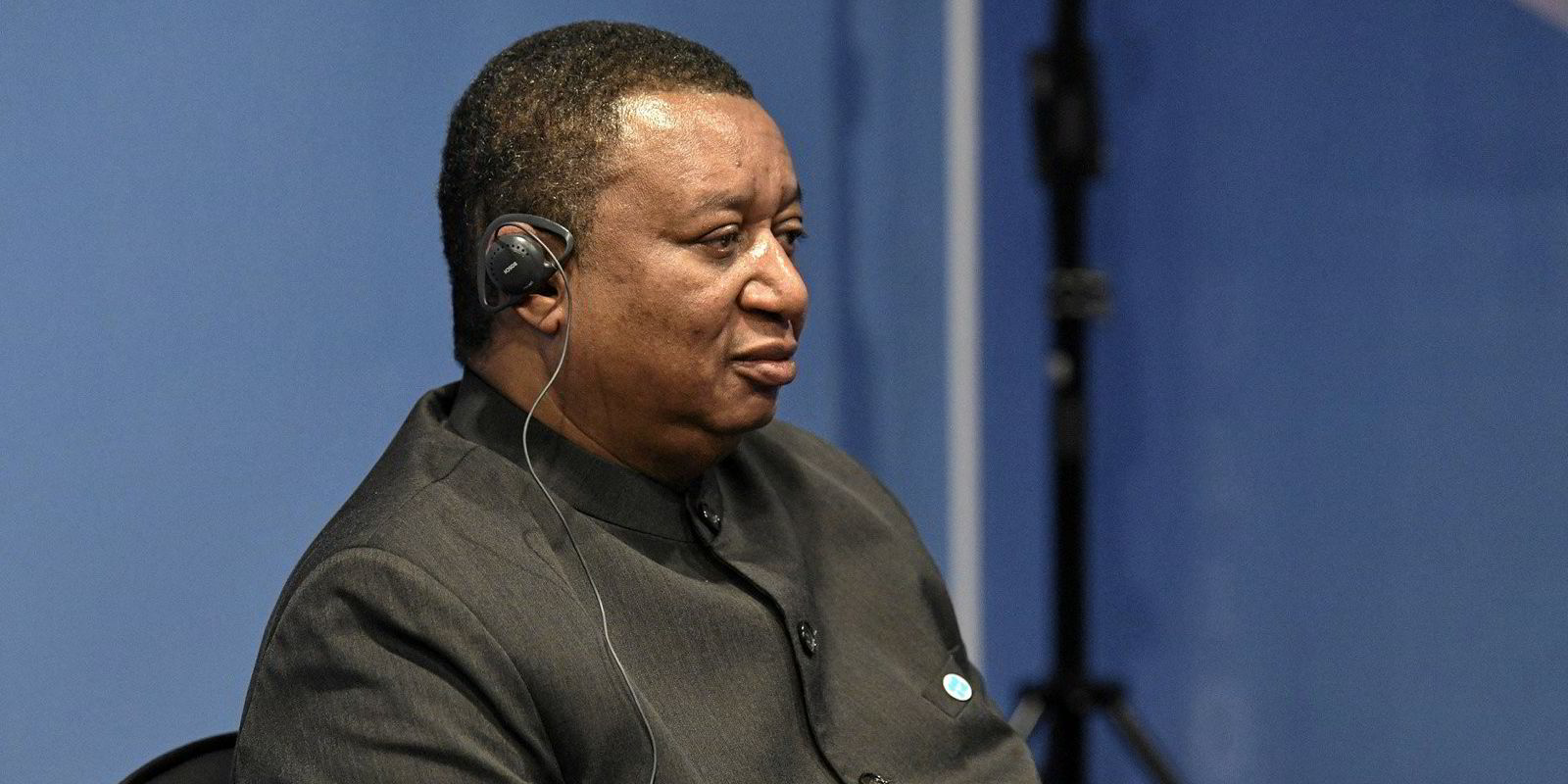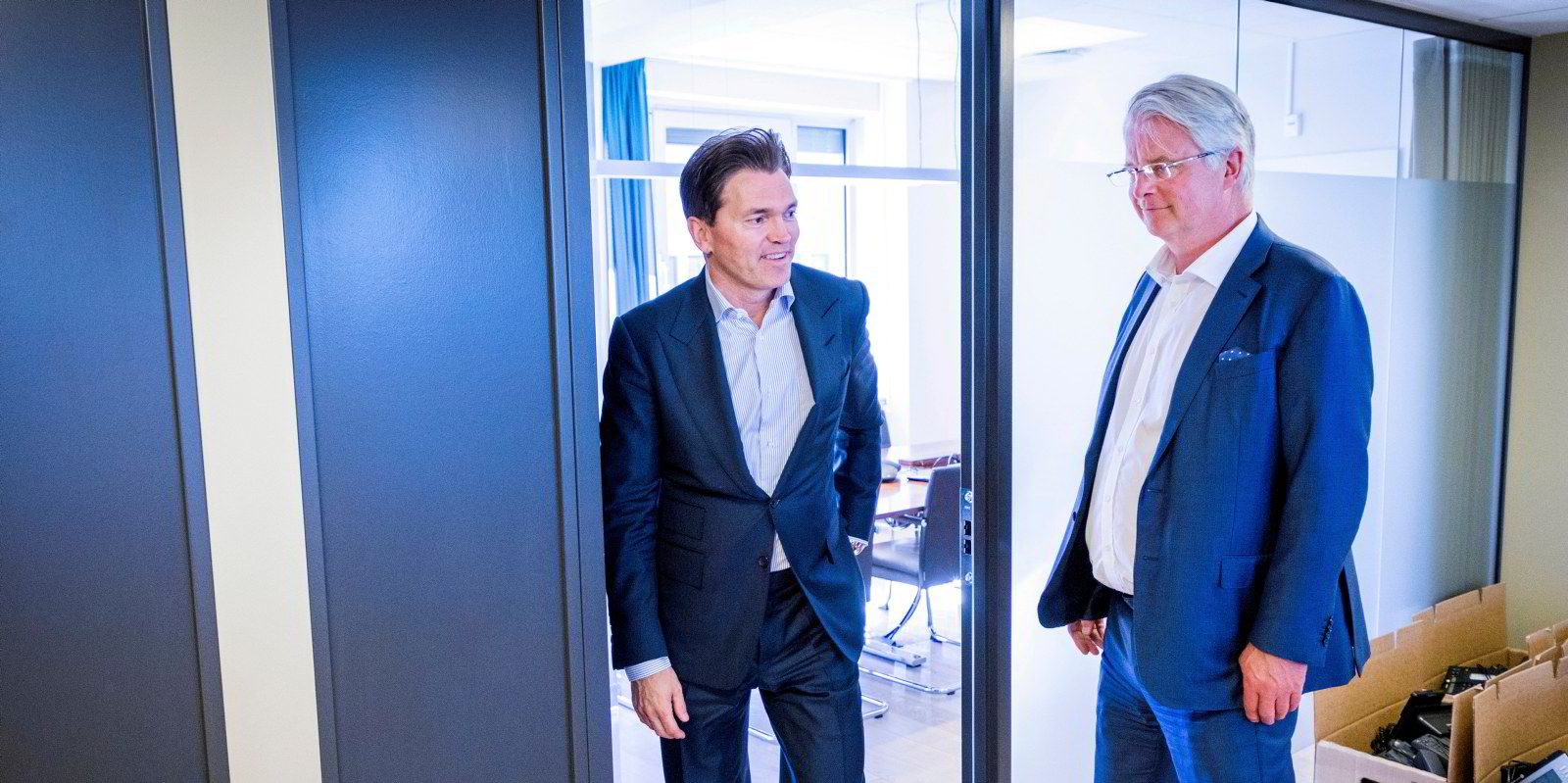Opec will continue ramping up production but has reserved the right to revisit the decision in an uncertain oil market.
In what many reports described as an unusual move, the 13-member group of major oil-producing countries and its allies said it would keep its most recent meeting in session to monitor the market while keeping in place its 400,000 barrels of oil per day production hike in January.
"[Members agreed] that the meeting shall remain in session pending further developments of the pandemic [while continuing] to monitor the market closely and make immediate adjustments if required," Opec said following the meeting, held via videoconference on Thursday.
Both the West Texas Intermediate and the Brent Crude benchmarks hit multi-year highs earlier this month, with both topping $80 per barrel.
The high prices amid rising demand prompted some to speculate that the Opec would keep to the 400,000 barrels per day per month schedule agreed to in July.
But last week, the US, UK, China, India, South Korea and Japan agreed to release barrels from their strategic reserves while the emergence of the omicron variant of Covid-19 raised questions about market recovery.
Both Clarksons and Fearnleys Securities said Opec production cuts would be harmful to tankers in discussing whether or not the strategic reserve releases would be good for the ailing sector.
Frontline chief executive Lars Barstad said Opec decisions were largely a sentimental driver for tankers, as volumes continued to tick up despite Opec's behaviour as Covid-19 waned globally and oil demand returned.
Crude tanker rates started the fourth quarter by rallying, with the Baltic Dirty Tanker Index rising more than 200 through October and the first two weeks of November to hit a high of 835.
Since, the index has cooled off, but jumped seven points on Thursday to close at 727.
The Baltic Clean Tanker Index has been more volatile but rose to a multi-month high of 636 on Tuesday.
The index continued upward, hitting 646 on Thursday.






